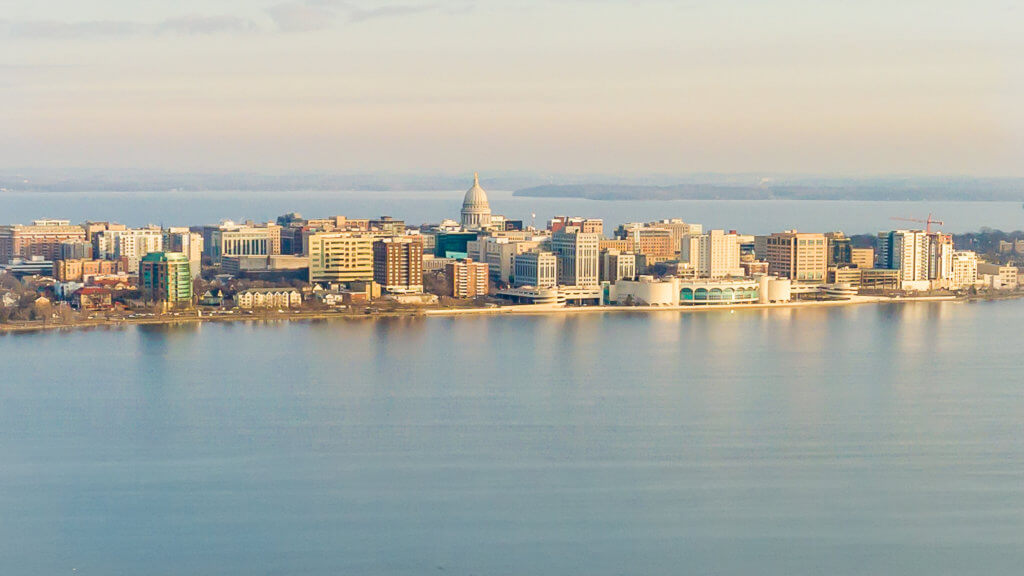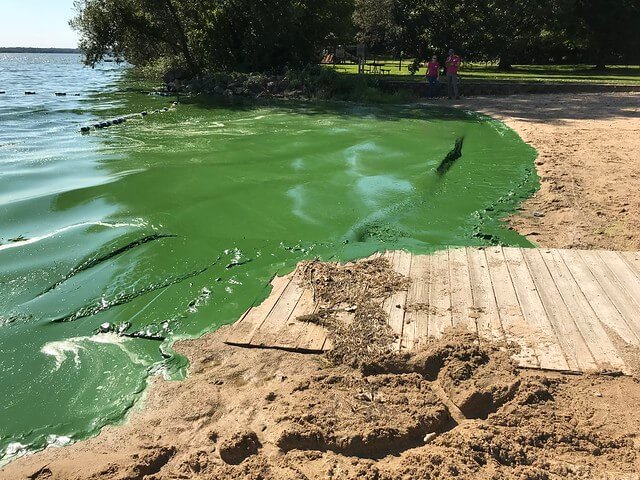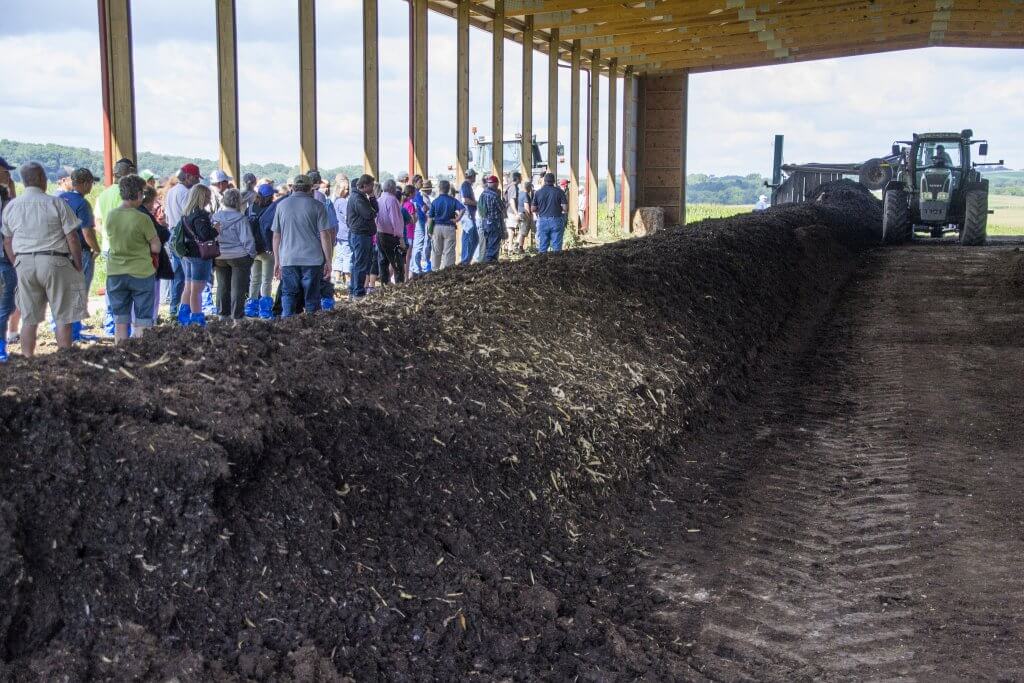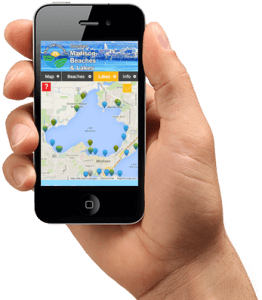A community blueprint for healthy lakes
In 2022, local partners launched Renew the Blue, a cross-sector partnership dedicated to improving the health and potential of Greater Madison’s lakes. Led by a diverse coalition of 19 community groups, the initiative provides an updated, science-based blueprint for cleaner lakes and beaches. Renew the Blue urges all lake supporters to get involved, lead by example, and help drive lasting solutions for a healthier Yahara Watershed.
Explore Renew the Blue resources

Certificate of Commendation from State of Wisconsin’s
Office of the Governor
Understanding the Yahara CLEAN Compact
The Yahara Watershed and its five lakes define Dane County and Greater Madison’s sense of place. Lakes Mendota, Monona, Wingra, Waubesa, and Kegonsa contribute significantly to the region’s economic vitality, recreational offerings, and local quality of life. Clean and healthy lakes are truly a benchmark of a healthy community.
Investments over the years have laid the foundation for future water quality improvements. However, our lakes remain impaired under the Clean Water Act for failing to meet basic water quality and recreational use standards. Land disturbance and climate impacts, such as heavy rain and runoff, and other headwinds threaten our progress.
In 2019, Clean Lakes Alliance convened the Yahara CLEAN Compact, a coalition of partners and collaborators committed to improving the health and usability of our lakes and beaches. The group expanded and strengthened community partnerships and united around a clear, shared action plan. Its goal: build on past successes and deliver coordinated, timely solutions to improve water quality.

A foundation for progress
Clean lakes won’t happen overnight. Progress requires a clear plan and dedicated coalition of organizations and resources. In 2008, Dane County, City of Madison, Wisconsin Department of Natural Resources, and Wisconsin Department of Agriculture, Trade and Consumer Protection launched a lake cleanup partnership called Yahara CLEAN (Capital Lakes Environmental Assessment and Needs). Two years later, the group released a report outlining 70 recommendations. The recommendations sought to reduce phosphorus and E. coli contamination. Both can negatively impact water quality and close our beaches (Yahara CLEAN 1.0). The report is, A CLEAN Future for the Yahara Lakes: Solutions for Tomorrow, Starting Today.
Building momentum: Yahara CLEAN 2.0
In 2011, Clean Lakes Alliance reconvened the Yahara CLEAN partners. The task was to turn the list of 70 recommendations into a streamlined action plan with clear goals, costs, and metrics. The partners hired an engineering firm to identify the 14 most cost-effective, ready-to-implement projects and practices to help reach a 50% phosphorus reduction goal (Yahara CLEAN 2.0). The resulting planning guidance included The Yahara CLEAN Engineering Report and the Yahara CLEAN Strategic Action Plan for Phosphorus Reduction. If successful, UW Center for Limnology scientists estimated a doubling of the number of summer days when our lakes are clear and free of algae blooms.
Yahara CLEAN Strategic Action Plan for Phosphorus Reduction
In 2016, Clean Lakes Alliance evaluated the pace of community progress in carrying out the recommended action priorities set forth in the 2012 plan. The analysis showed that we would not reach our goals anytime soon, suggesting more would need to be done at a faster pace (Vision 2025 Analysis). This understanding was reaffirmed in 2018 when the Dane County Board of Supervisors approved a Healthy Farms, Healthy Lakes (HFHL) Task Force recommendation to update our community lake-cleanup plan.

Updating the vision: Yahara CLEAN 3.0
In 2019, after six years of promoting action and tracking our community’s progress through an annual State of the Lakes report, Clean Lakes Alliance reconvened and expanded the Yahara CLEAN partnership to update the cleanup plan. Called the Yahara CLEAN Compact (see Letter of Intent page 1 and page 2), coalition members sought to account for accomplishments and progress to date, re-evaluate phosphorus reduction targets, and set forth revised strategies and action priorities by stakeholder groups (Yahara CLEAN 3.0).
The path forward
We are fortunate that our community is coming together like never before in a shared effort to improve the lakes. Through the work of the Yahara CLEAN Compact, renewed momentum and new opportunities are being leveraged, effectively building on past success and giving us all a role to play. Starting in 2025, Clean Lakes Alliance reactivated the partnership and expanded its membership as part of a Renew the Blue Council to help coordinate and fast track the implementation of top priority actions. Those action recommendations and the science that underpins them are outlined in RENEW THE BLUE: A Community Guide for Cleaner Lakes and Beaches in the Yahara Watershed.



